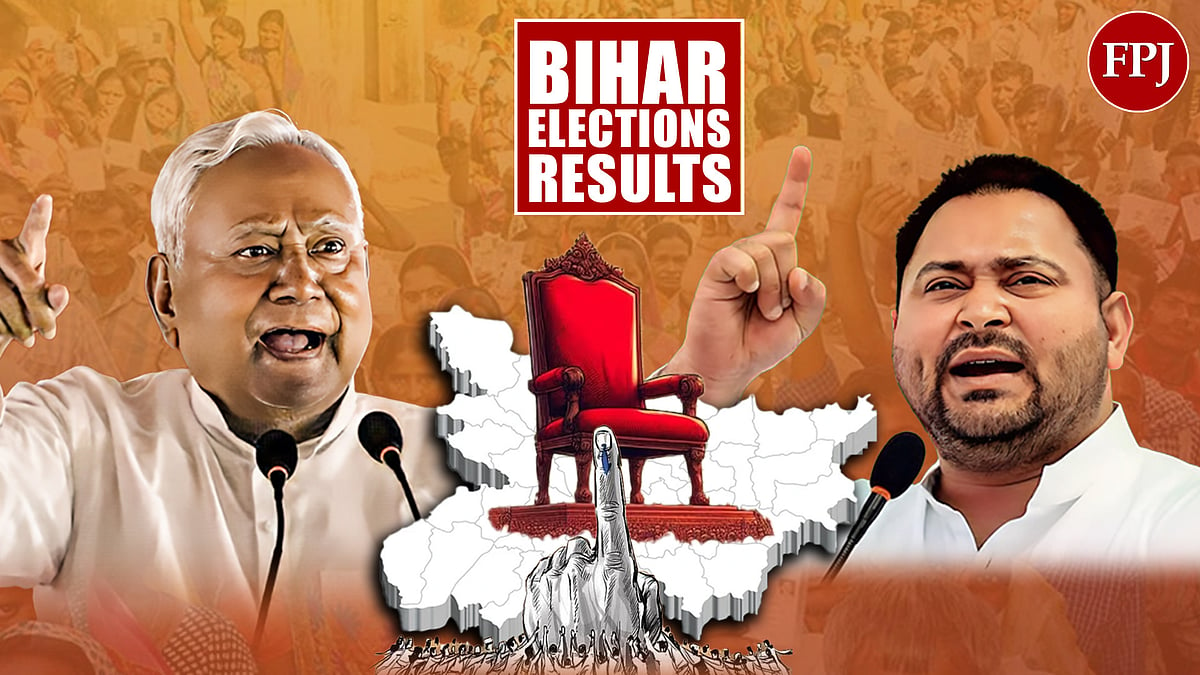After Prime Minister Narendra Modi laid the foundation stone on December 10 for an ultra-modern triangular Parliament building, a lot of debate has centred around the need for a new structure and whether public money should be spent by the Government now. This new structure is to replace the 93-year-old circular Parliament House, which was designed by architects Edwin Lutyens and Herbert Baker in 1912-13 and inaugurated in 1927.
The new building, having a seating capacity of 1,224 MPs sitting together, should be completed before Winter Session 2022, in accordance with Modi’s desire for a grand celebration when India turns 75.
But the actual construction, however, cannot begin immediately, with a petition pending the Supreme Court challenging the project. The apex Court allowed the conduct of the foundation-laying ceremony.
Historic moments
Like all pet projects of the NDA, which may have been inspired by Modi’s desire for world-class infrastructure for India, this project has also raised questions about its need and the spending of huge sums of public money.
Some of these questions are being heard by the Supreme Court.
The opposition parties, particularly the Congress, have called it a 'criminal waste of money' at a time when the country is battling a severe Covid-19 crisis. Former Finance Minister P Chidambaram even went to the extent of saying that “the foundation for a new Parliament building was laid on the ruins of a liberal democracy”.
Ultimately, everything will depend on the verdict of the Supreme Court.
A lot of historical sentiments are attached to the old building. The Central Legislative Assembly and Council of State, which was established in 1921, functioned from this place. The transfer of power from Britain to India also took place within its precincts.
Jawaharlal Nehru delivered his famous ‘Tryst with Destiny’ speech from the Central Hall of Parliament. The Constituent Assembly adopted the Constitution of India, in the Central Hall of the Parliament.
Over the years, three new buildings had to be added because of the workload on Parliament. The Parliament House Annexe came up in 1975; the Parliament Library Building in 2002, and the extension to Parliament House Annexe was done in 2017.
Not a new idea
But what is clear is that it is not Modi’s original idea that India should have a new Parliament building. Two former Lok Sabha Speakers, Meira Kumar and her successor, Sumitra Mahajan, had drawn the attention of the Government to the condition of the Parliament House, which has required crores of rupees from time for maintenance.
During the Congress-led UPA rule, Meira Kumar’s Officer on Special Duty (OSD) sent a formal letter to the Union Ministry of Housing and Urban Affairs, stating that the construction of a new Parliament building should be given top priority.
The letter dated, July 13, 2012, stated, “The Parliament building was constructed in the 1920s and commissioned in 1927. It has been declared a Heritage Grade 1 building. Over the decades, on account of ageing and overuse, the Parliament House building has started showing signs of distress at various places.”
The letter had also sought instructions to the Central Public Works Department (CPWD) from the Urban Development Ministry for identifying an area in the proximity to the Parliament House Complex for the same, so that construction of a new Parliament building could begin. Meira Kumar’s successor Sumitra Mahajan had echoed a similar view.
No dissent
Cut to October 2019, both the Houses of Parliament passed a resolution for a new building. No member of Parliament had recorded dissent.
Interestingly, some critics of Modi are not questioning the need for the project but all of them are asking, why now. Their argument is that the economy is facing hardship and the country is facing a pandemic and the money for this project could be diverted to social welfare.
Actually, the cost of the new Parliament building is only Rs 900 crore.
In fact, it is the part of the Rs 20,000-crore Central Vista project, which aims to build and refurbish the government buildings on the 13.4-km Rajpath, which stretches from Rashtrapati Bhavan to the new War Memorial at India Gate.
The Vista project is intended to re-generate the economy. More than 2,000 persons will be directly provided employment due to this project and another 9,000 persons be indirectly involved.
In fact, a parliamentary panel, headed by veteran Congress leader Chintamani Panigrahi, on the maintenance of public buildings had noted in a 1985 report about the “ugly scars” that had surfaced on the old edifice.
Modern technology, air-conditioning, live TV, connected computers have all played havoc with the interiors of the 93-year-old building. The attic of the building can only be accessed by elevators and a narrow staircase, which presents a risk for staff and MPs working in that area.
Future needs
An even more important reason for a new building lies in the future requirements.
The most important one is the impending expansion of the size of Parliament. Due to increase in population, which has almost gone up by four times since Independence, an increase in the number of Lok Sabha constituencies through delimitation cannot be avoided.
Though the number of Lok Sabha members was to remain constant, the number of MPs in states were to be changed every 10 years, to reflect the change in population. This change is to ensure that every MP will represent an equal number of citizens.
The number of Lok Sabha constituencies was frozen in 1976 up to 2001. When this 25-year term was over, it was again pushed back by 25 years, and now the next delimitation exercise is scheduled for 2026, which is fast approaching.
With a 50 year-long freeze on the number of MPs, it is expected that it is not going to be postponed one more time. It is speculated that the size of the Lok Sabha will be increased to more than 800, from the current strength of 543.
Not enough room
Without a new building, you cannot increase the strength of the Lok Sabha —as the size of the Lok Sabha hall in the Parliament House has only 552 seats in the current house, with no scope for adding any new seat.
As Modi had noted, the wall on the back of Lok Sabha was already taken down, and the corridor next to it included the Lok Sabha hall to create more space for additional chairs for the MPs.
Similarly, the Central Hall of Parliament, which is used to hold joint sessions, actually does not have enough seats for the MPs of both Houses. During joint sessions, temporary chairs are placed on the aisles so that all the members can sit.
The new building would provide seating capacities of 888 and 384 members for Lok Sabha and Rajya Sabha respectively, befitting the largest democracy of the world of 1.3 billion people.
What more, each Member of Parliament would also be provided with 40 sq m office space in the redeveloped Shram Shakti Bhawan, construction for which is slated to be completed by 2024.
The writer is a former Senior Associate Editor of Hindustan Times and Political Editor of Deccan Herald, New Delhi









